Nike Create 'Nature of Motion' Exhibition at Milan Design Week
Nike’s presence at Milan design week offers proof that innovation and promotion are not mutually exclusive concepts.
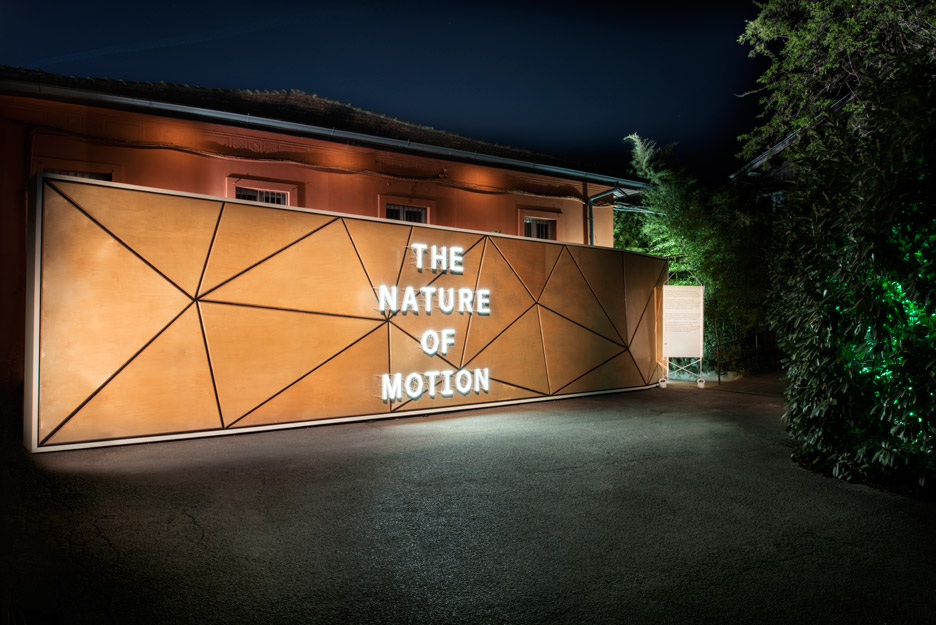
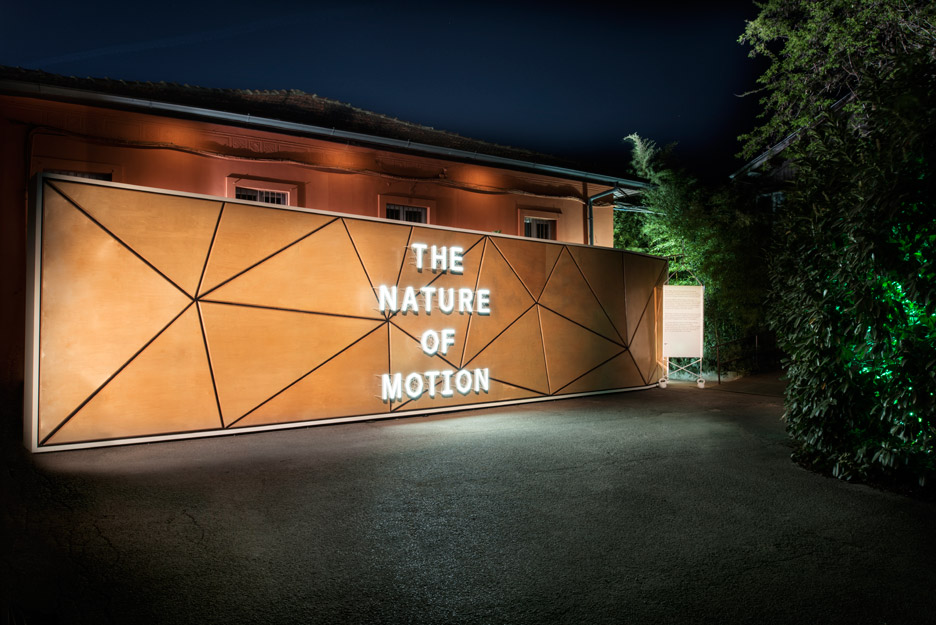
Nike’s presence at Milan design week offers proof that innovation and promotion are not mutually exclusive concepts.
Thanks to consumer demand and the fluidity of the creative landscape, the worlds of art, fashion and technology continue to collide. Latterly, this trend has been evidenced by Junya Watanabe’s solar paneled coat and the Royal Academy’s decision to stream Ai Wei Wei’s latest show in 360 degrees.
Having become perennial visitors to Milan Design Week, leading sportswear brand Nike commissioned 10 international designers to help them present at Salone. The inaugural exhibition named ‘The Nature of Motion’ (which runs from 15-17 April), explores the theme of practical and conceptual movement.
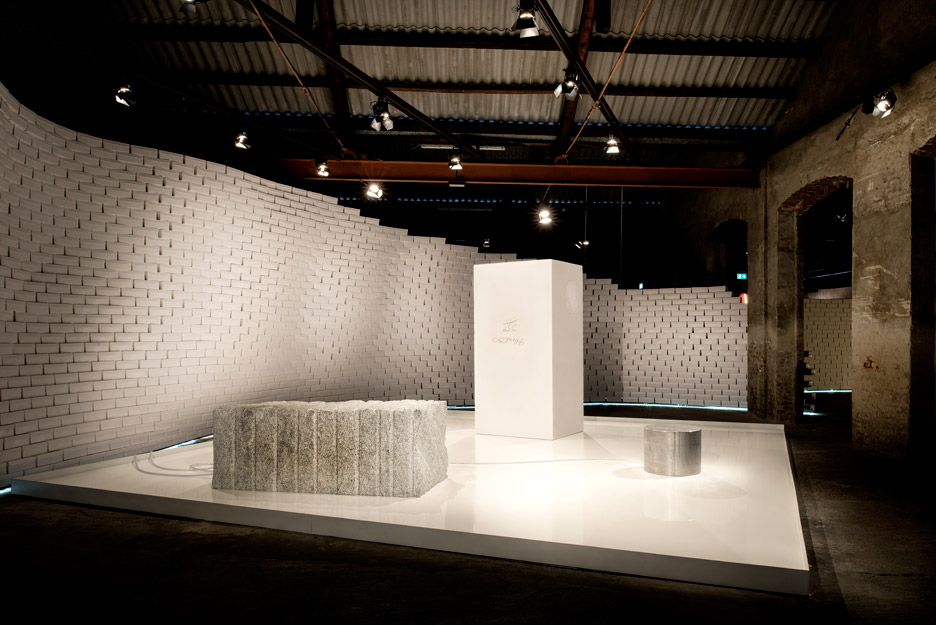
The exhibition is more than an example of a commercial brand using its considerable financial heft to traverse the art world. Collectively, the installations will inform the way in which Nike design for athletes in future.
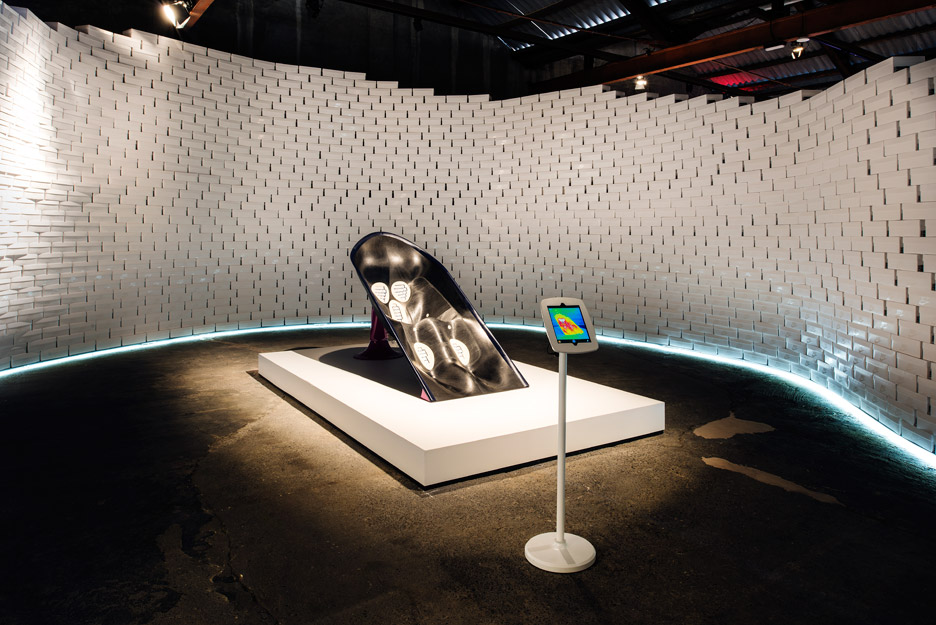
Stand out pieces from the exhibition include American architect Greg Lynn’s cramp-preventing microclimate chair, which has the ability to cool and heat athletes between periods of exercise thanks to embedded temperate sensors.
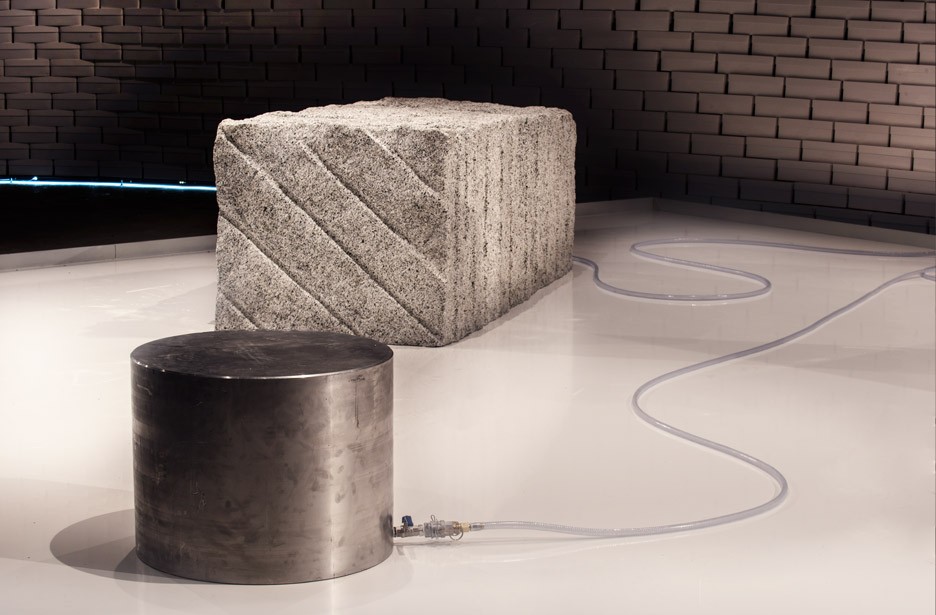
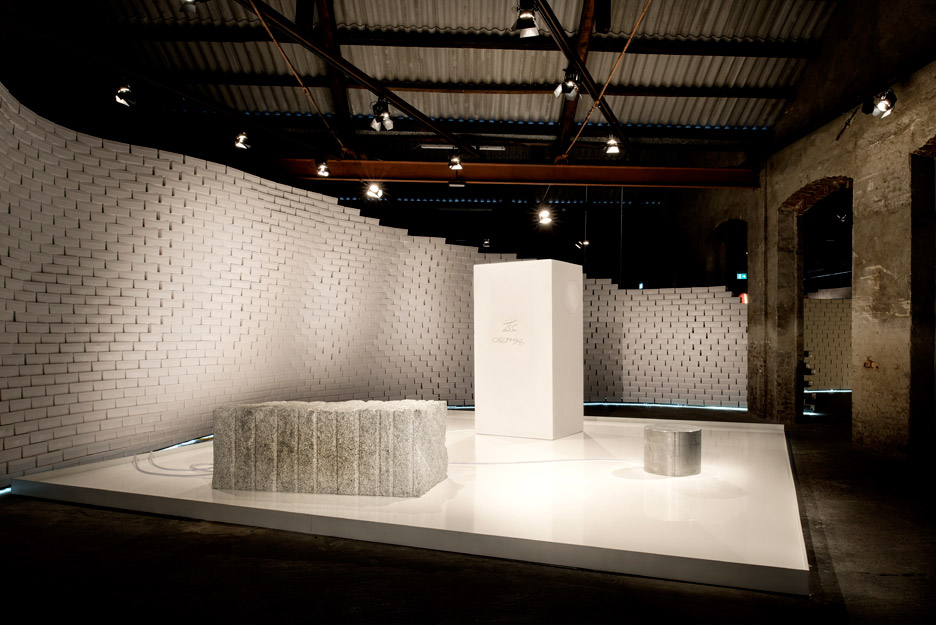
British designer Max Lamb’s levitating blocks of marble, aluminium and polystyrene are achieved by the creation of an invisible film of compressed air, and were created with the idea of challenging our perceptions of weight.
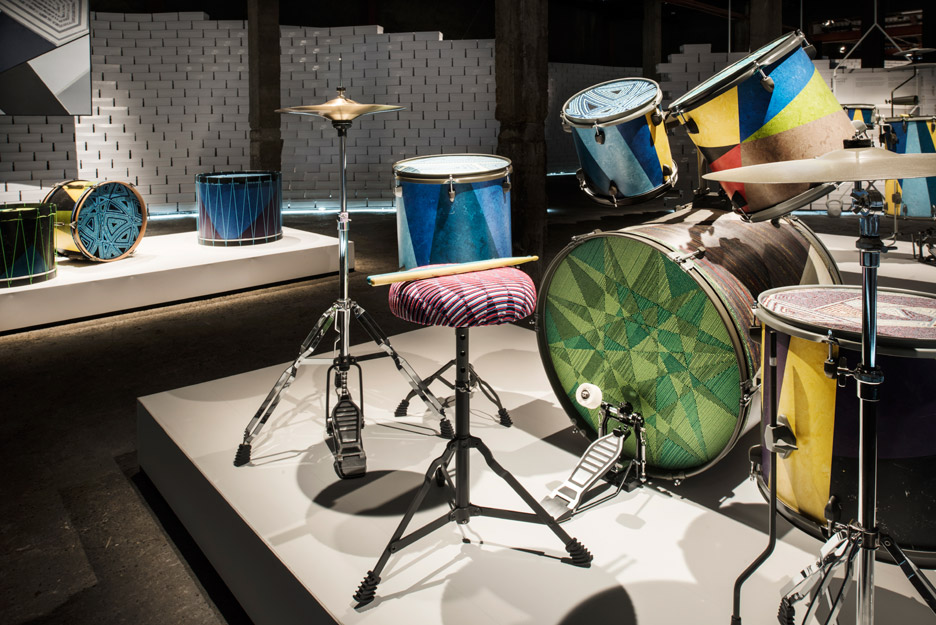
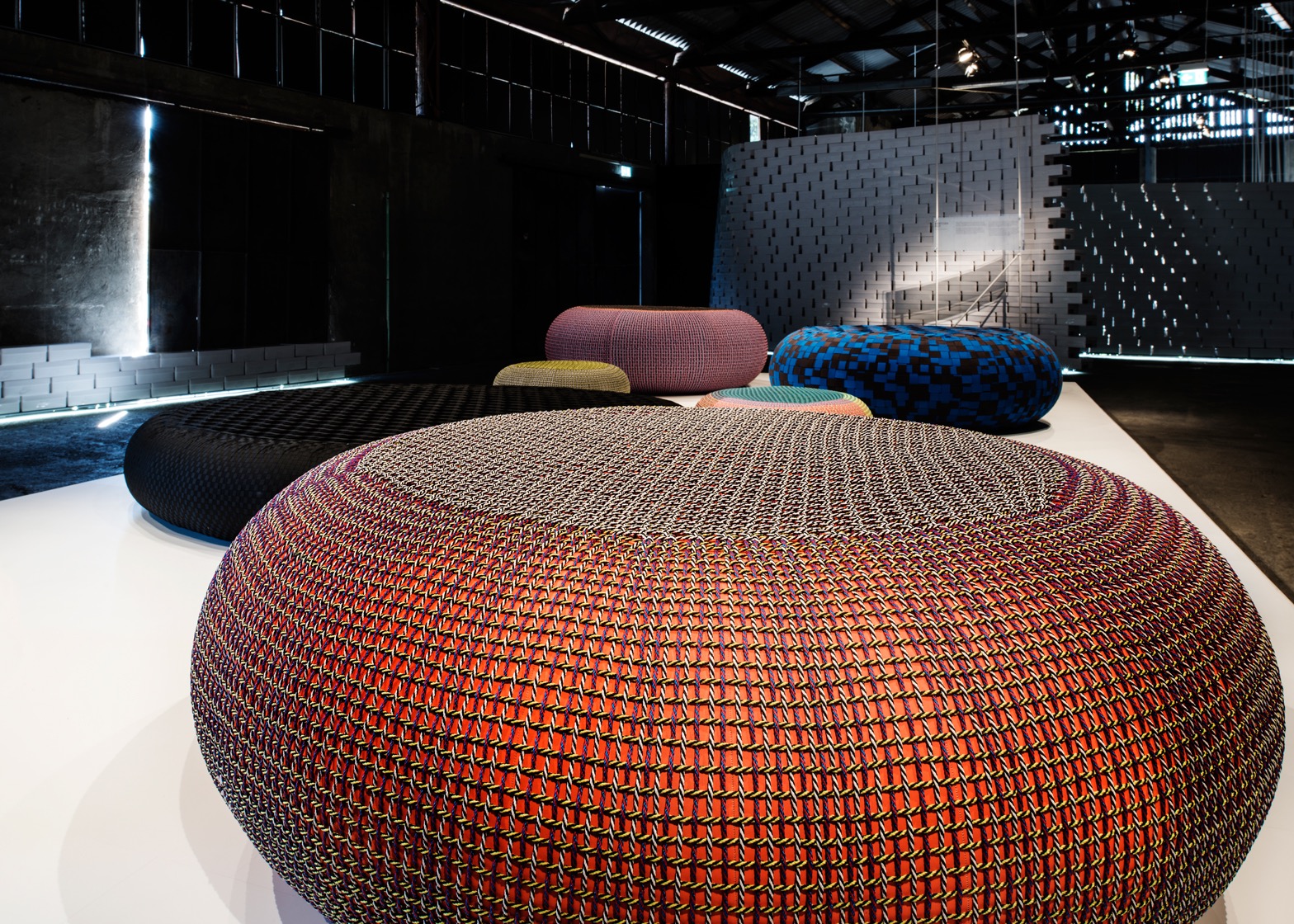
Designs that appropriate from Nike’s catalogue of technological innovation include Sebastien Wrong’s intricately patterned, Flyknit-coated congregation of six chairs. Italian designer Martina Gamper also uses the textural fibres of Flyknit to replace the skins of numerous drum kits.
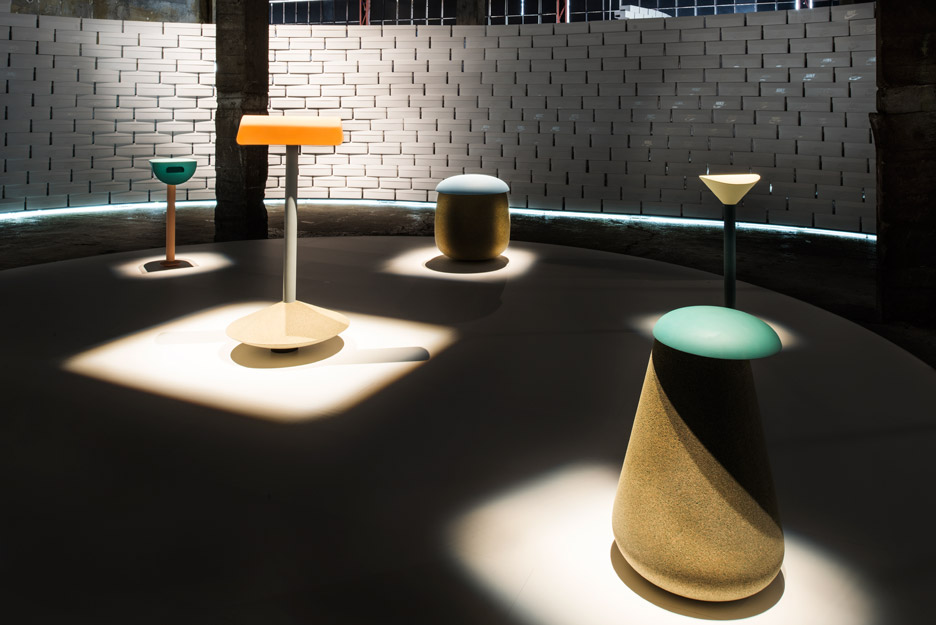
Clare Von Luciberg and Shane Schneck’s installation of chairs drew playfully from the language of Nike footwear. Each seat had a cork ‘sole’ and lightweight ‘upper’ that required participants to balance in a different way to sit comfortably.
Nike’s in-house team also had a hand in the Nature of Motion exhibit by creating three experimental spaces. The first of these housed a litany of Nike’s greatest creations. Visitors then walked down a textured corridor that showcased Nike trainers designed to amplify the motion of the body. The last of the spaces placed origami trainers – which emerged gracefully from sheets of paper – centre stage.
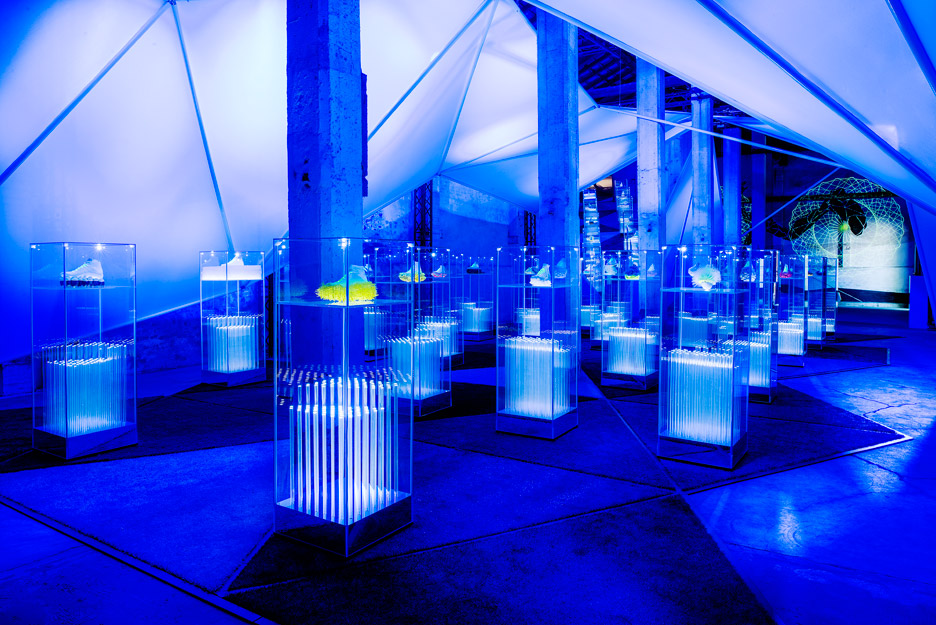
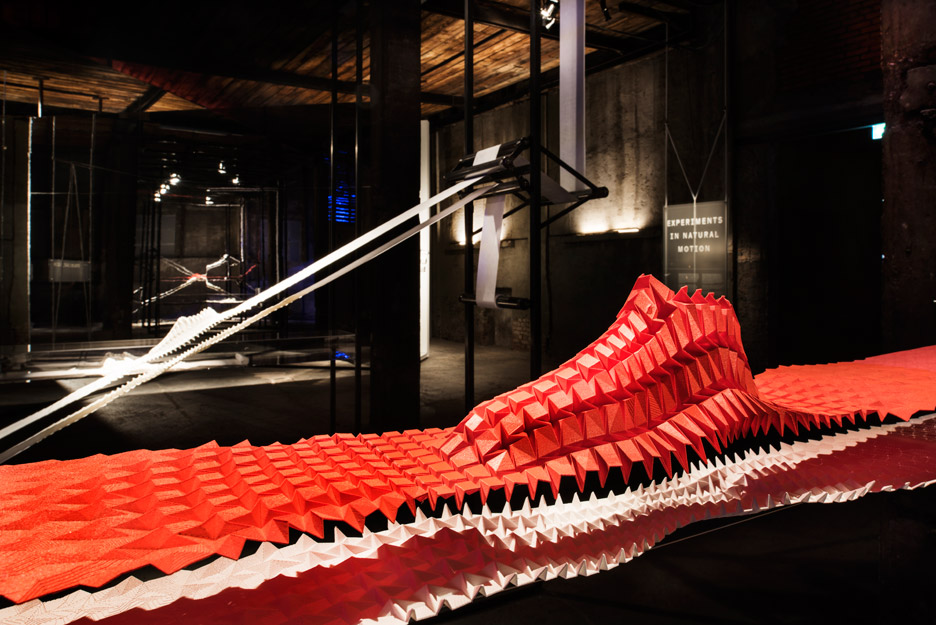
Nike’s presence at Milan design week offers proof that innovation and promotion are not mutually exclusive concepts. The announcement that Nike has established an experimental textile design studio in Hackney also falls on line with this idea.


